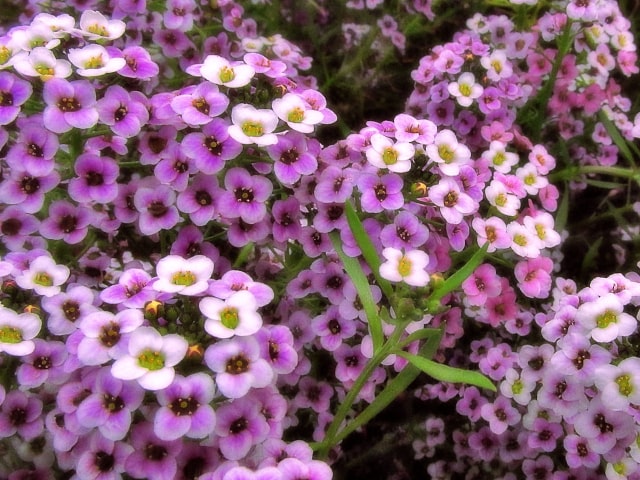
If you wish to grow your Hibiscus in the garden, but also want to make it more attractive, using companion plants is a good idea. Also, it is important to know which plants go well with Hibiscus, so you wouldn't choose a plant that will fight with it for space and resources.
Hibiscus companion plants are not difficult to find. In general, Hibiscus plants are attractive and can serve as a central point of your garden. They are hardy for climate zones 4 to 9 and will bloom in the full summer until the early winter. Hibiscus likes full sun, but can tolerate a light shade. The key to make your Hibiscus thrive is to keep the soil consistently moist.
When looking for Hibiscus companion plants, you can focus on the groundcover, that is, short plants that you can grow around the base of the Hibiscus, and complementing plants that will add color to the garden and that will go well with Hibiscus flowers.
Hibiscus Companion Plants Groundcover
If you are looking for effective Hibiscus companion plants that act as groundcovers, here are some good options:
Ornamental Sweet Potato Vine (Ipomoea)
Ornamental sweet potato vine is a plant that many people choose for their containers and hanging baskets, but it actually works wonderfully as a ground cover. It makes a great cover of full, spreading, textured foliage that looks gorgeous in the garden.
This plant will fill around the Hibiscus, creating a very effective sight. It will also help preventing the weeds from attacking your Hibiscus. Visually, it creates a dramatic contrast to dark purple Hibiscus varieties, although you may use it for other varieties of Hibiscus. Both plants are heat-tolerant, so they go well together.
Sweet Alyssum (Lobularia)
Sweet Alyssum is another great groundcover option you can use as a companion to your Hibiscus. It has a sweet scent that is great for those hot summer days in the garden. This plant is a good size match for large Hibiscus plants. The good news is that Sweet Alyssum spreads around 2 to 4 inches around, so you will not need a lot to make for a groundcover around your hibiscus plants.
These plants go well with Hibiscus because both prefer a lot of sun and moist soil. Also, Sweet Alyssum will still be in its prime when Hibiscus plants start blooming in late summer. This will create a very attractive sight in your garden.
Caladium
Caladium plants have a tropical air, just like Hibiscus, so they go well together. They are a perfect pairing if you wish to create a rainforest atmosphere in their garden. Some Caladium varieties can grow both in the sun and the shade, which means that they are great for parts around the Hibiscus that do not receive as much light as Hibiscus needs.
Caladium plants can work as a great groundcover around the Hibiscus. The red centers of Caladium leaves will also accent the Hibiscus flowers nicely. Caladium is an ideal companion plant for Hibiscus if you wish to enhance the tropical atmosphere.
Bee Balm (Monarda)
Bee Balm has fuchsia purple flowers that will look amazing as a groundcover for Hibiscus plants. The dark Hibiscus leaves will complement Bee Balm perfectly. Bee Balm is not too short - it will grow around 10 to 12 inches in height, but it is shorted than Hibiscus so it can act as a form of a ground cover around your Hibiscus plants.
Hibiscus and Bee Balm both like a lot of sun and moist soil, so they can be easily grown together. However, make sure to choose a variety of the Bee Balm that is not aggressive spreader, so it won't compete with space with your Hibiscus plants.
Complementing Flowers
The following plants are great companions for Hibiscus because they can act as fillers:
Crapemyrtle Shrub (Lagerstroemia)
Crapemyrtle Shrub is a great companion plant for Hibiscus in warmer climates. It grow about 2 to 4 inches tall and wide, and it will take about the same amount of space as the Hibiscus. It also blooms around the same time, from summer into the fall.
This is a good choice as a Hibiscus companion plant because both are sun and heat loving, and both bloom around the same time. Depending on your Hibiscus variety, you may get a Crapemyrtle Shrub of a complementing flower color for the maximum effect.
Japanese Anemone (Anemone)
This is a tall perennial plant that gets in its prime around the same time as Hibiscus, which is later summer into the fall. It has bright rose flowers that grow on stems that are about 2 inches high. Because of this, it is important to plant Japanese Anemone next to your Hibiscus instead in front of it.
Japanese Anemone is also a good choice because it prefers the same amount of moisture as the Hibiscus, so it's easy to keep them together.
This is a great filler plant because its pink flower tones complement Hibiscus flowers, particularly the varieties with pink flowers. This is a great pairing for those who wish to have bright flowers in their garden.
Daylily (Hemerocallis)
Daylily is a versatile perennial plant that generally thrive in the same climate conditions as the Hibiscus. It makes it a good companion plant, especially since both are easy to grow in full sun and moist soil. They will also not fight for space, so it's a great choice for enhancing your Hibiscus and creating a beautiful effect in your garden.
Daylily is a great filler plant for the Hibiscus, because it has strappy foliage that contrasts very well with Hibiscus. This is a great option for those who are looking for companion plants that look great with Hibiscus even when they are not in bloom. That being said, Daylily does bloom: it produces gorgeous flowers in waves, from summer all the way into the winter.
Bigleaf Hydrangea (Hydrangea macrophylla)
Hydrangea is a showy plant with gorgeous flowers that goes well Hibiscus. There are many different flower colors, from violet and purple to pink, depending on the soil type. Some varieties of Hydrangea finish blooming by the time that Hibiscus starts flowering, but many varieties bloom together with Hibiscus. Keep this in mind when choosing the best variety of Hydrangea to use as a Hibiscus companion plant.
This plant is tall enough so you shouldn't plant it in front of the Hibiscus. Rather, plant it next to your Hibiscus plants. Both Hydrangea and Hibiscus like a lot of sun and moist soil, and they can both benefit from some mulching in the garden.
Photo credit: TJ Gehling
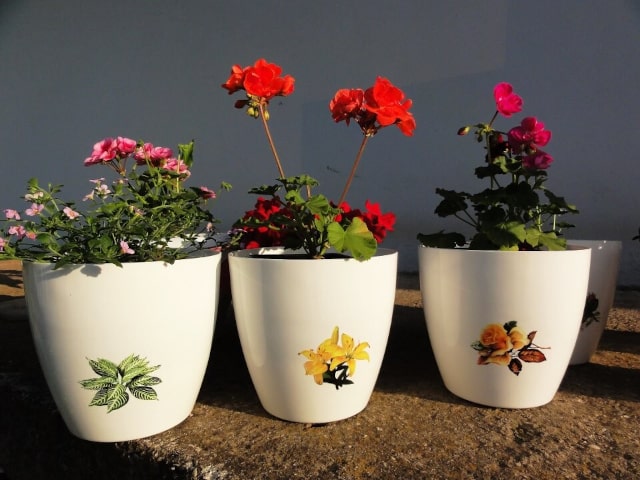
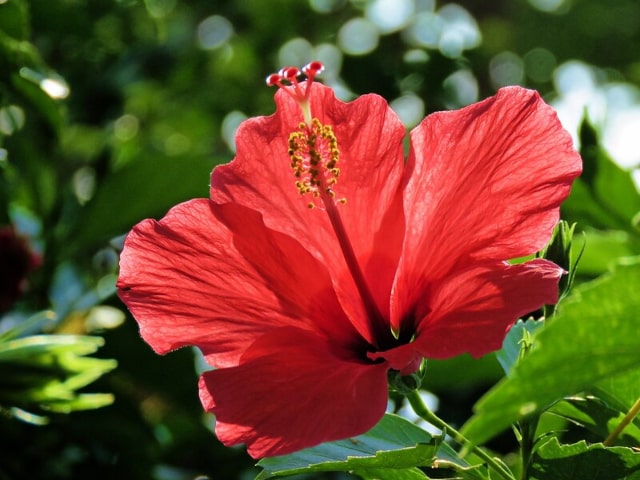
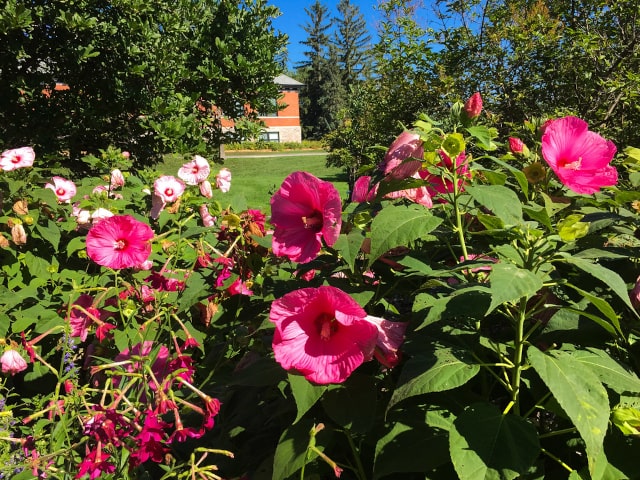
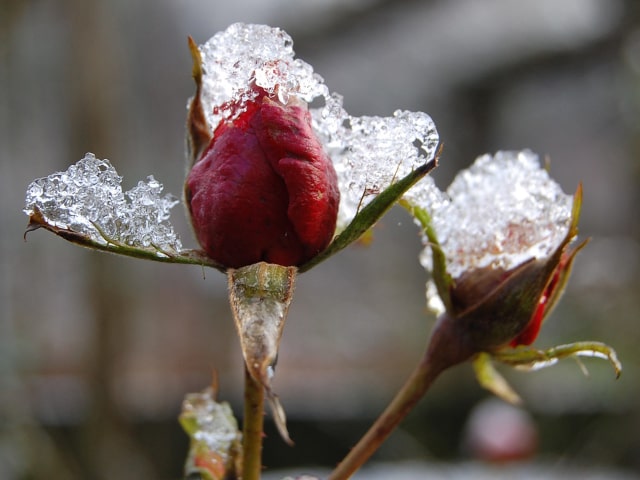
0 Comments